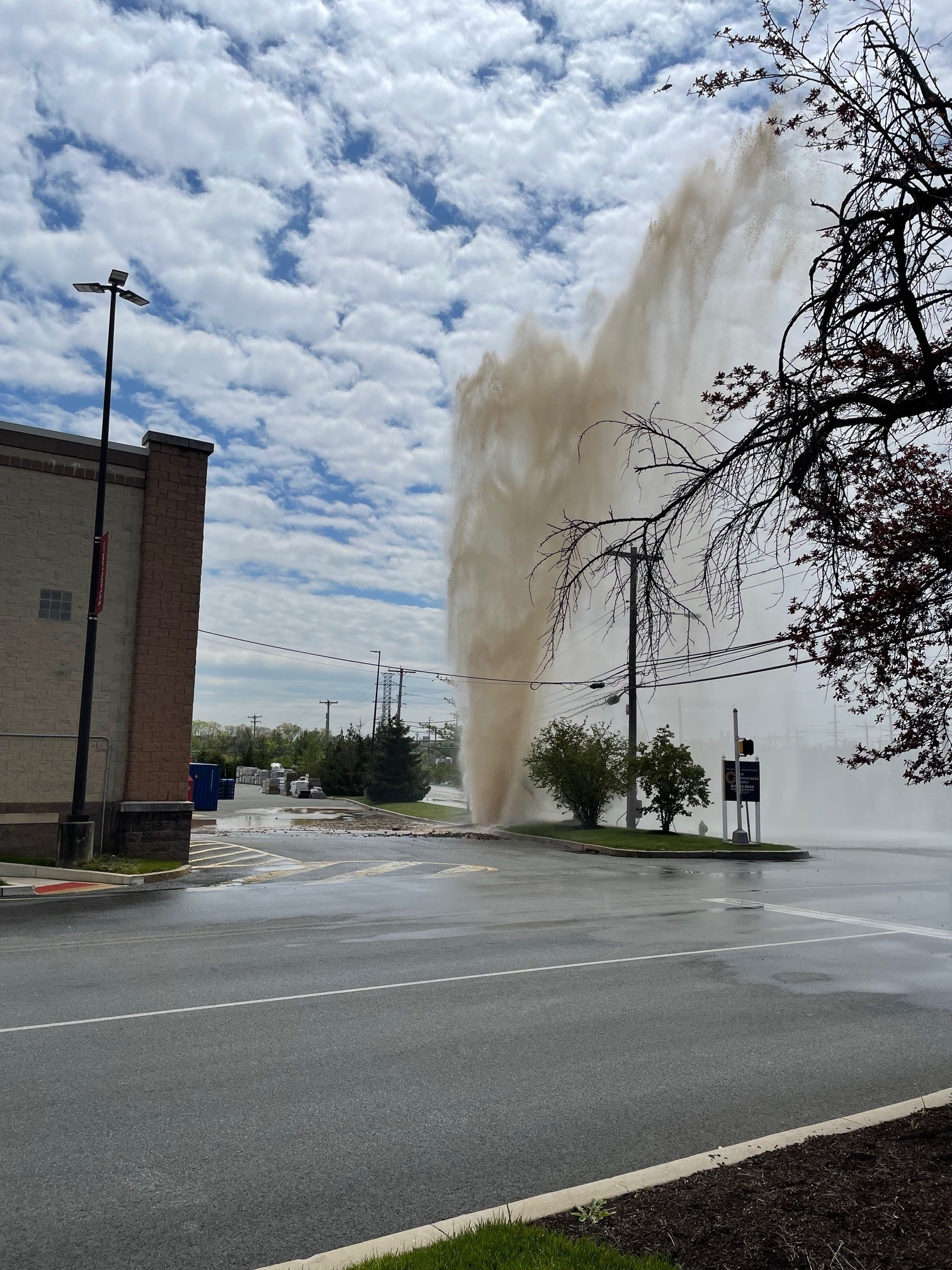No one at the state Capitol has advocated pay raises for hundreds of Pennsylvania's top elected and appointed officials since the 2005 debacle that enraged voters and ultimately cost two dozen legislators and a Supreme Court justice their seats.
Yet their compensation quietly continues to grow almost every year.
A 1995 law provides automatic cost-of-living adjustments for the state's judges, members of the Legislature and many top executive branch officials, including the governor and his major appointees. The objective is to offset the effects of inflation, as measured by changes in the federal consumer price index.
The annual adjustments are relatively small, rarely exceeding 3 percent over the past 10 years - the 2010 adjustment was zero - but they add up.
While the 2015 adjustment announced this week will boost salaries by 1.6 percent, salaries for the governor and rank-and-file legislators have increased by more than 22 percent in the decade since 2005.
The cost-of-living adjustment does not require current lawmakers to vote for its approval.
Eric Epstein, a citizen activist who helped lead the outside opposition to the pay-raise legislation in 2005, calls it "a stealth pay raise'' that was approved by legislators who derive a monetary benefit from the law."
Local
Breaking news and the stories that matter to your neighborhood.
"The rest of Pennsylvania works year-round and has a median household income of $52,000," Epstein said. "There is a big disconnect between the governed and those who govern and it is unhealthy for democracy,"
However, the escalation of top state salaries - at least in the executive and legislative branches - appears to be roughly on a par with the private sector, according to statistics provided by the state Department of Labor and Industry.
The statewide average weekly wage, which is based on reports from the vast majority of employers that pay the state unemployment compensation tax, increased by nearly 24 percent from $763 in 2005 to $944 in 2013, the most recent figures available.
In the judiciary, the only branch of government to emerge from the 2005 pay-raise showdown with higher base salaries, the cumulative increase exceeds 30 percent for appellate judges. The 2015 salary for the chief justice will be $209,000, compared with $154,000 in 2005.
Drew Crompton, chief of staff to Senate President Pro Tempore Joe Scarnati, R-Jefferson, said the cost-of-living adjustment is not a salary increase because it simply restores buying power eroded by inflation.
"This allows the salary to be somewhat commensurate with increased costs," Crompton said. "There are not a lot of things in our world that are going down in price."
Art Heinz, a spokesman for the Administrative Office of Pennsylvania Courts, said that prior to 1995 the infrequent increases in judicial pay approved by the Legislature and the 10-year duration of judges' terms were disincentives to aspiring jurists or sitting judges contemplating whether to seek additional terms.
Heinz said there were few options for increasing judges' pay and the annual cost-of-living adjustment seemed to offer ``the most rational approach.''
Office-holders don't have to accept the cost-of-living payments. They can give the money to charity or, as Gov. Tom Corbett and his advisers and appointees have done, return it to the state treasury.



